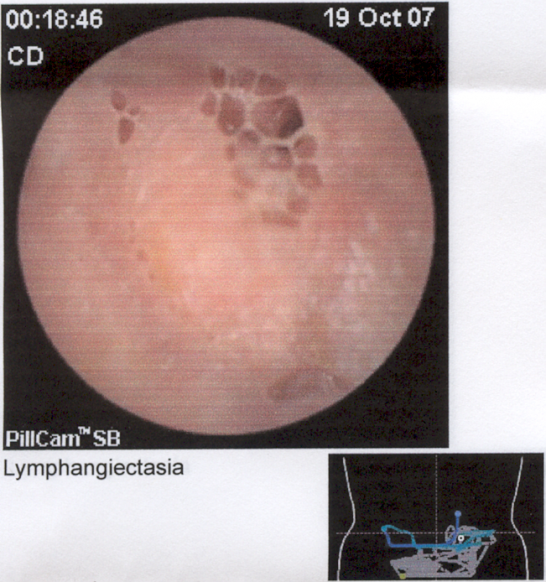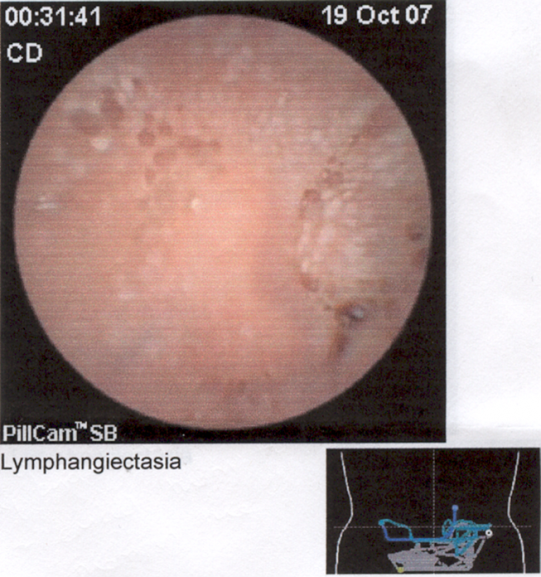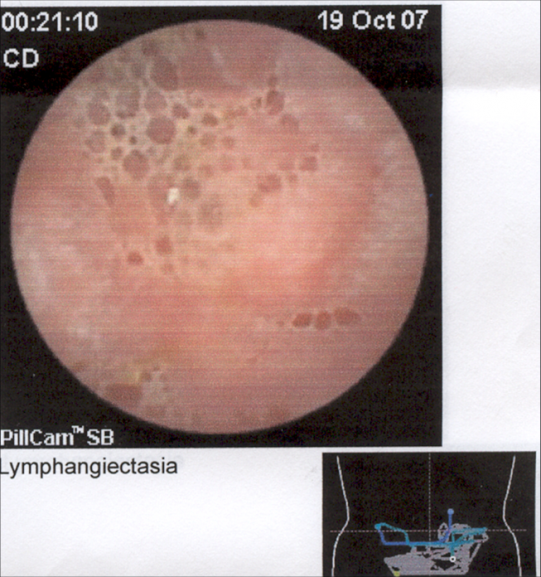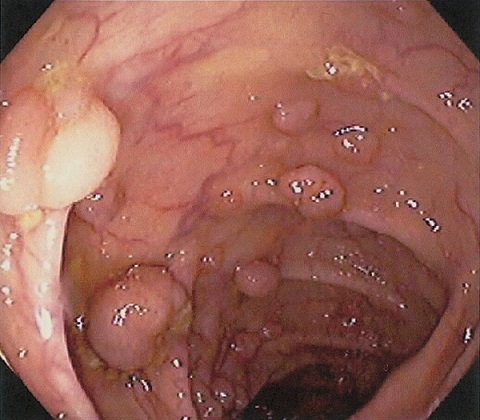FAQ
Q. What is Intestinal Lymphangiectasia.?
A. Intestinal lymphangiectasia (idiopathic hypoproteinemia) is a disorder in which the lymph vessels supplying the lining of the small intestine become enlarged and obstructed. The lymph vessels from the digestive tract carry digested fats that were absorbed by the small intestine. Sometimes, these lymph vessels are improperly formed at birth, causing them to be enlarged. Less commonly, these lymph vessels may enlarge later in life as a result of such conditions as inflammation of the pancreas (pancreatitis) or stiffening of the sac that envelops the heart (constrictive pericarditis). The enlarged lymph vessels carry lymphatic fluid poorly, and the fluid leaks back into the intestine, preventing fat and proteins from being absorbed into the bloodstream.
Q. What are the symtoms of I.L.?
A. A person with intestinal lymphangiectasia has diarrhea. Nausea, vomiting, fatty stools, and abdominal pain may also develop. The person may also have swelling (edema) if lymph vessels elsewhere in the body are blocked. Levels of protein in the blood are low. The low protein levels result in tissue swelling. The number of lymphocytes in the blood is decreased, and cholesterol levels in the blood may be normal or low.
Q. What is the treatment for I.L.?
A. This will differ slightly from patient to patient and country to country, however it is likely to be a combination of some or all of the following. When intestinal lymphangiectasia is caused by a specific condition, the underlying condition is treated. Symptoms can be helped by eating a low-fat, high-protein diet and taking supplements of calcium, vitamins, and certain triglycerides (medium-chain triglycerides), which are absorbed directly into the blood and not through the lymph vessels. Immnoglobulin replacement may also be necessary as may albumin infusions to help reduce odema (swellings).
Q. What does I.L actually look like.?
A. Well, good question. Until recently, even most doctors would of had no idea, and only a handful of specialist consultants may of ever actually seen the inside of a living I.L sufferers intestine to see what damage was being done. But now, thanks to 'Wireless Endoscopy', performed by the excellent Dr Mike Thomson at the Sheffield Children's Hospital in October 2007, I can now show you the pictures taken from inside my intestines, showing in great detail, exactly what this disease does to us. Take a look at the pictures below, noting the areas that look 'honeycombed', the areas where the lymph vessels are burst and leaking.



Q. What is F.A.P ?
A. Familial adenomatous polyposis (FAP) is an inherited condition in which numerous polyps (tens of thousands!) form mainly in the colon, or large intestines.

While these polyps start out benign, malignant transformation into colon cancer is inevitable and the only current treatment is complete colorectomy to remove the large intestines. The carrier of FAP will also have a 50/50 chance of passing the gene on to future offspring.
Read more about FAP - HERE

BITW.mp3
